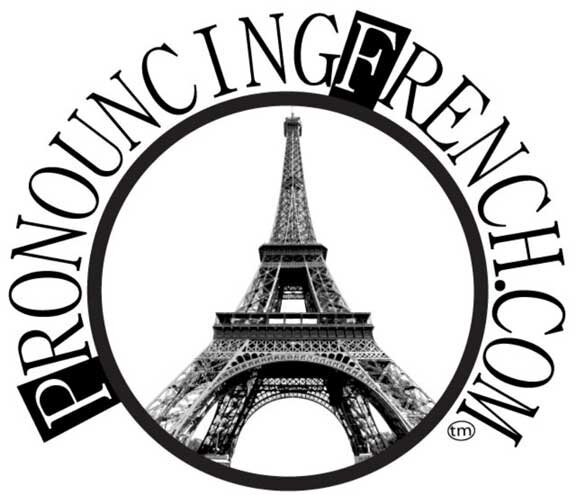Le Musée d'Orsay gets my vote as one of the most enjoyable places in Paris to spend a few hours. Although most people go to enjoy the beloved Impressionists, I want to take you on a visit to the building itself which has so many stunning points of beauty. I recommend you start your visit in the morning hours soon after opening.
This building was once a railroad station from the 19th century, so as you walk down the center aisle after entering, look up and around at the iron work from the original station, and above all, turn around to admire the beautiful clock over the entrance. Since this article features the building, I will deliberately try to walk you along without mentioning the art works you will stop and see along the route. But as you go down the central hallway, the pre-Impressionists are in little rooms to your left, and dramatic sculptures line the pathway. At the end of the first floor you can walk on a glass floor to look down on a model of 19th century Paris featuring the Opéra and surrounding streets. To the left of this exhibit there is an escalator which takes you up to the Impressionist collection.
Follow the signs “Suite de l'Impressionisme.” Once on the next level, across from the gift shop, don't miss the famous and massive clock on the outside of the building. This is a super photo spot: the shot through the hands of the clock reveals Sacré-Coeur high on the top of Montmartre. From here you will follow the galleries showing the art of the most famous 19th century Impressionist painters and at the end of the galleries there is a tea room. I recommend eating lunch later on in your visit at another spot in the museum, but you should enter the tearoom where there is an exit onto the roof with a fabulous view over Paris. Continue along past the works of Van Gogh, Gauguin and Seurat, and find the room with the pastels of Toulouse-Lautrec, in dim light to protect the colors. As you exit this room you will be in front of a stairway.
Go down three flights of stairs, turn left and walk along the hallway to an elegant room on the right called “La Salle des Fêtes”. This was a room in the hotel which adjoined the Orsay railway station, and carries us back to another time of opulence with its crystal chandeliers and lovely statues.
And finally, go back out of this room and retrace your steps, turning right and following signs to the restaurant where I recommend having your lunch. This is another beautiful room in the style of the period, and it is a real treat to dine in this elegant ambiance. As a P.S., it's good if you can plan it, to visit the Rodin Museum just after your Orsay visit, since both museums are open on Tuesday when all the other French museums are closed. Here you can find an outdoor café for lunch or refreshments. The Rodin is an easy walk from the Orsay.















